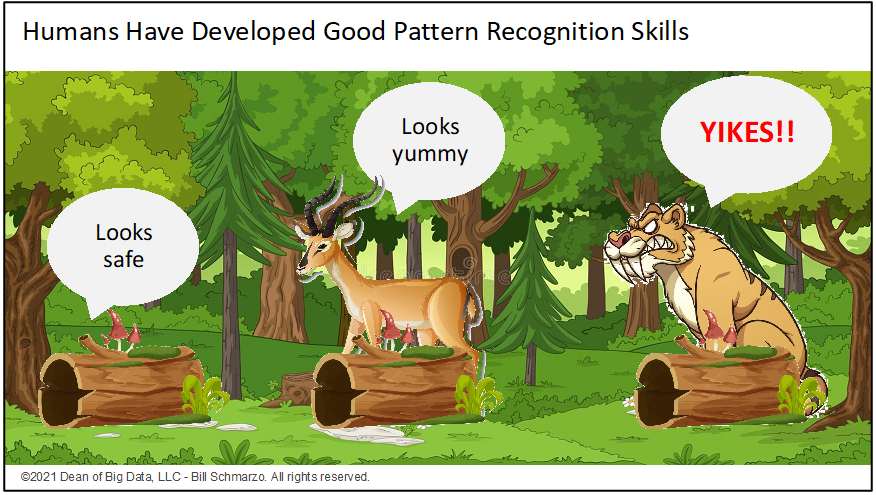Human decision-making traps
The human brain is a poor decision-making tool. Through evolution, the human brain became very good at pattern recognition and extrapolation: from “That looks just a harmless log behind that patch of grass” to “Yum, that looks like an antelope!” to “YIKES, that’s actually a saber-toothed tiger.” Human survival depended upon our ability to recognize patterns and making quick, survival decisions based on those patterns.

While great at pattern recognition, unfortunately, humans are lousy number crunchers. Because of our instinctive poor number crunching capabilities, humans depended upon heuristics, gut feel, rules of thumb, anecdotal information, and intuition as decision-making tools. But these decision models are insufficient in a real-time world where the volume, variety, and velocity of data are exploding. One only needs to travel to Las Vegas and...
































































